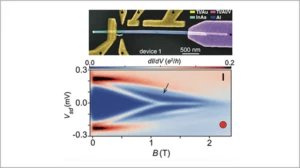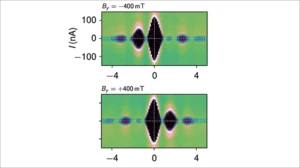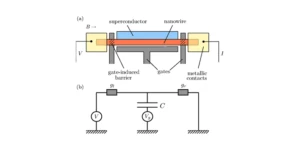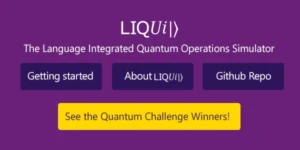A clear view of emerging and hybridizing Majorana zero modes using epitaxial InAs-Al nanowires
The first signature of Majorana physics, identified experimentally at TU Delft in 2012, focused on a characteristic conductance peak at zero voltage. It bore many signatures of Majorana zero modes, but had a sizable background signal that obscured how the peak arose out of coalescing Andreev bound states. Recently, Mingtang Deng and a Station Read more




